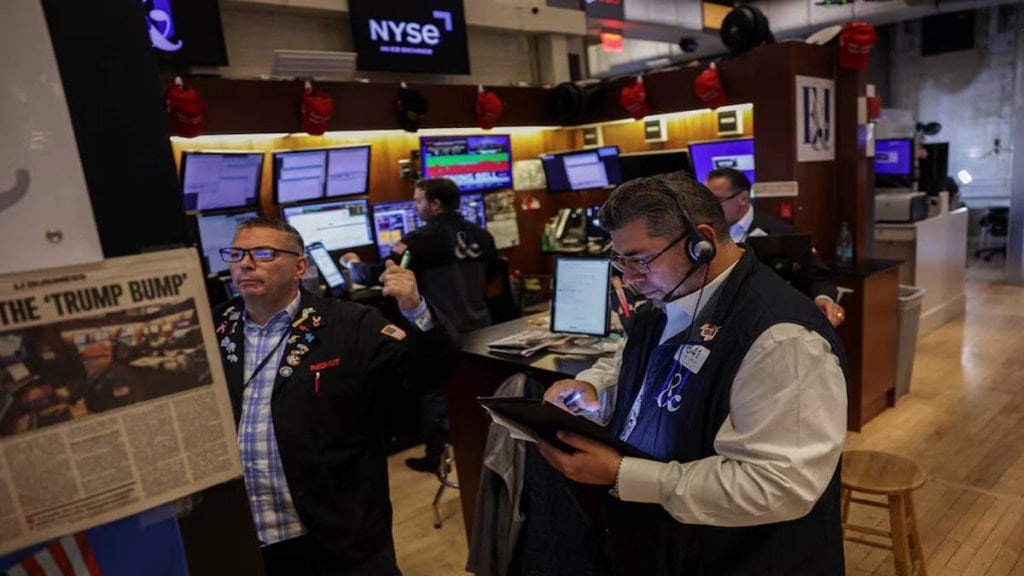Wall Street’s major indices opened flat on Monday, as investors express concerns over a possible government shutdown. In the early hours of trading, Dow Jones Industrial Average gained 59 points, or 0.13%, reaching 46,306.34. S&P 500 rose 17.9 points, or 0.27%, to 6,661.58, while the Nasdaq Composite jumped 121.2 points, or 0.54%, to 22,605.30.
The deadline for a potential government shutdown is fast approaching, with October 1 marking the cutoff. President Donald Trump and congressional Democrats are at a tough position over government spending, which could leave vital federal services without funding.
Unlike previous shutdowns, where workers were eventually reimbursed, the White House is considering actual layoffs this time. This has raised concerns among thousands of federal employees who may face permanent job losses, rather than just temporary pay delays.
A government shutdown occurs when Congress fails to pass funding bills or a temporary measure to keep federal agencies running. Without approved funding, many government functions are forced to halt or reduce operations until new money is authorized.
During a shutdown, national parks, monuments, and museums are typically closed, and hundreds of thousands of federal workers considered “nonessential” are furloughed, meaning they are sent home without pay. Some workers, like military personnel and air traffic controllers, must continue working but without receiving immediate paychecks.
Essential services, such as Social Security payments, Medicare, and mail delivery, continue, but there may be delays in new applications, loans, and certain regulatory activities. Air travel and law enforcement remain unaffected.
Since the modern budgeting process began in 1976, the US has experienced more than 20 shutdowns. These have ranged in length from just a few hours to over a month. The longest shutdown, in late 2018 and early 2019, lasted 35 days and cost the economy billions.
Although shutdowns are temporary, they often reflect the deep political divisions in Washington. Lawmakers usually reach short-term agreements to extend funding, but long-term disputes can leave the government teetering on the edge of another shutdown.
